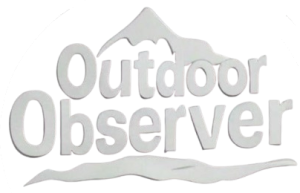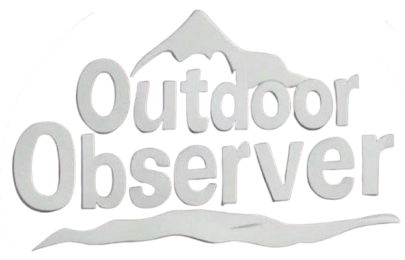This Content Is Only For Subscribers
As a film director deeply attuned to the intersection between humanity and the environment, I often revisit works that manage to stir not only cinematic admiration but also meaningful introspection. Among these, Into the Wild (2007), directed by Sean Penn and based on Jon Krakauer’s nonfiction book, stands as a stark, beautiful, and sobering meditation on our relationship with nature, society, and ourselves.
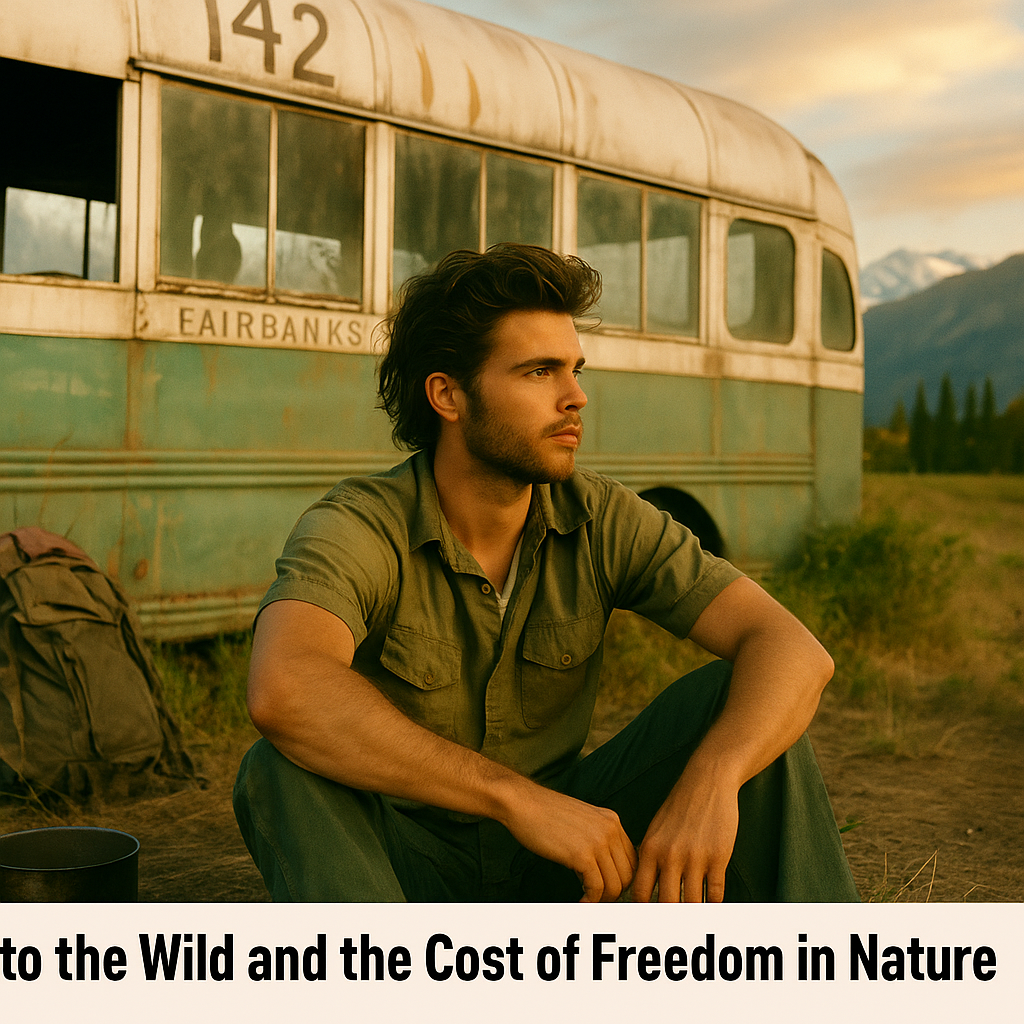
A True Story with a Universal Message
The film recounts the real-life journey of Christopher McCandless, a young Emory University graduate who, in the early 1990s, gave up all material possessions, donated his savings to charity, and embarked on a solo odyssey across America. His goal was to reject societal expectations and immerse himself in the purity of the wilderness, ultimately leading him to the Alaskan backcountry. Penn’s direction—minimalist yet emotionally potent—draws viewers into both the breathtaking beauty and unforgiving indifference of the natural world. The film is not romanticized escapism. Rather, it presents nature as a powerful force—capable of healing, but also of humbling those who fail to understand its balance.
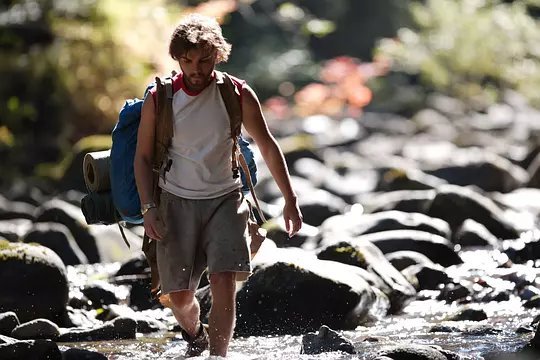
Environmental and Social Reflection
Into the Wild resonates today more than ever, especially in the context of outdoor sports culture and environmental preservation. The film doesn’t preach environmentalism in a traditional, activist sense. Instead, it subtly challenges the audience to examine their own disconnection from the natural world and the consequences of living outside its rhythms.
Chris’s story becomes a vehicle for exploring several urgent themes
Sustainability and Self-Sufficiency: His pursuit of a life without consumerism echoes ongoing debates about minimalism, ecological footprints, and responsible living.
Wilderness Education: Chris enters the wild with limited survival training, and his fate underscores the vital importance of outdoor knowledge and respect for nature’s systems.
Mental and Emotional Health: The wilderness, for Chris, becomes both a refuge and a mirror, reflecting his emotional wounds and unresolved family trauma—reminding us that our internal environment is as critical as the external one.
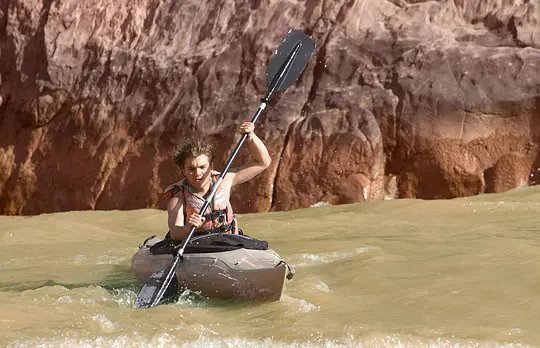
The Filmmaking Language of Nature
From a directorial standpoint, Into the Wild is a masterclass in allowing landscapes to speak. Cinematographer Eric Gautier captures vast plains, icy rivers, and dense forests not merely as backgrounds, but as characters—silent witnesses to the protagonist’s evolution. The soundtrack, primarily composed by Eddie Vedder, fuses raw acoustic tones with lyrical introspection, further rooting the viewer in the emotional and physical terrain of Chris’s journey. This technique—allowing nature to guide narrative tone—has since inspired numerous filmmakers exploring environmental themes. It reminds directors like myself that outdoor storytelling is most powerful when it is honest, immersive, and unflinching.
A Cautionary and Compassionate Legacy
While Into the Wild invites admiration for Chris’s courage, it also issues a quiet warning: idealism without preparation can be fatal. His story is not simply a cautionary tale, but a call to engage with nature respectfully and knowledgeably.
By spotlighting one man’s deep longing for purity and truth, the film urges us to rethink our own patterns of consumption, our definitions of success, and the fragility of the wilderness we often take for granted.
In a cinematic landscape filled with spectacle, Into the Wild stands apart—an intimate, haunting portrait of a young man who sought meaning in nature, and a powerful reminder of the price of misunderstanding its limits. For filmmakers and environmental storytellers alike, it remains a benchmark in transforming personal narrative into universal reflection.
